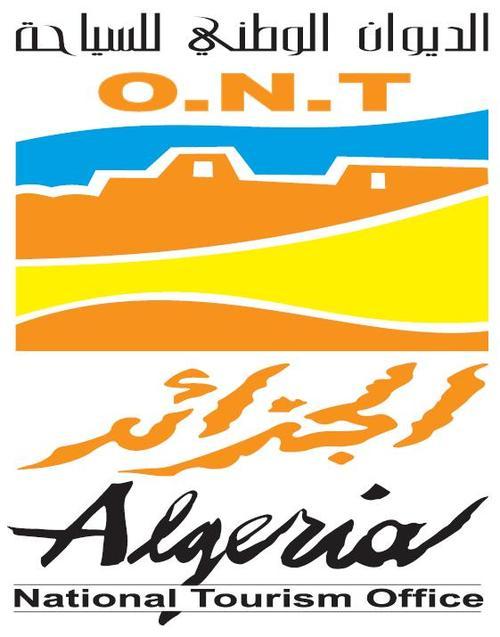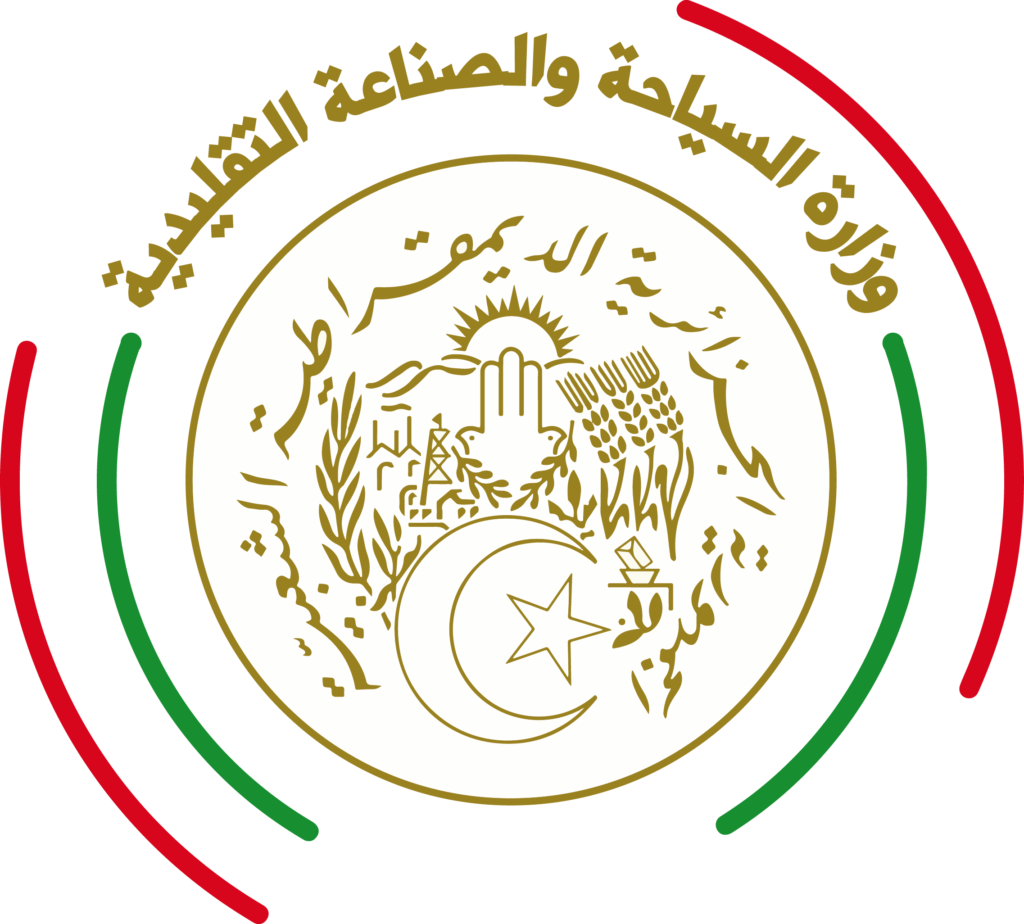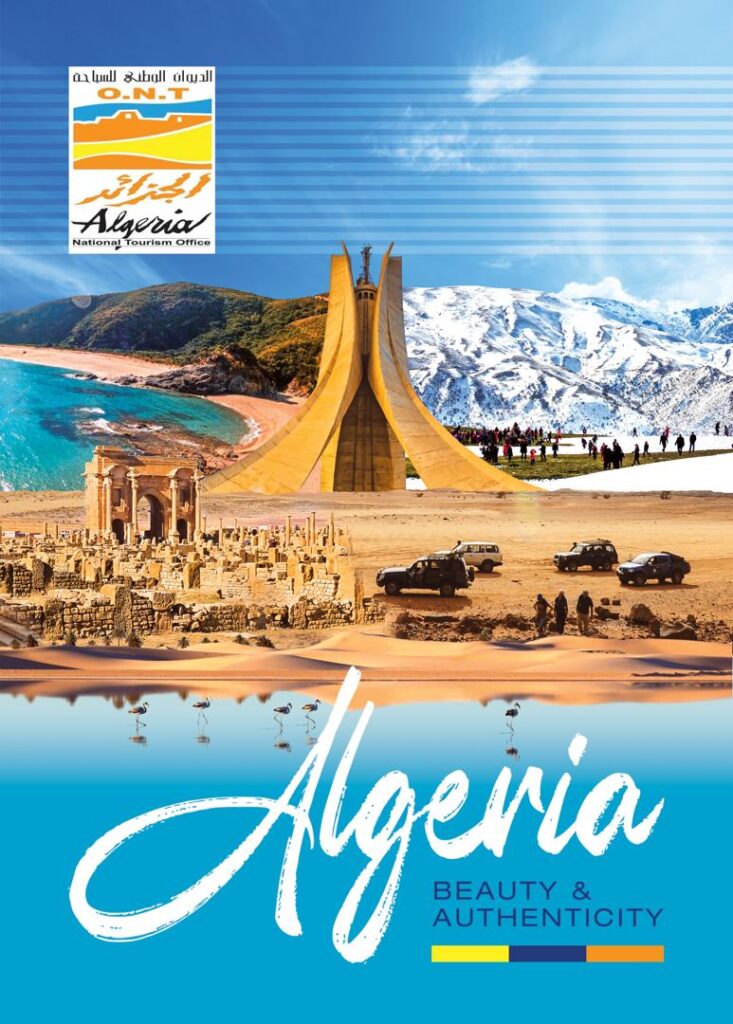in the south of the Great Western Erg, the Gourara is a region of oases surrounded by dunes whose colors vary according to the time of their formation, the most yellow being the oldest.
Timimoun:
Timimoun is the most representative oasis in the region of Gourara, a region rich in colors and contrasts. It is known throughout the Sahara for the splendor of its gardens. Water circulates in abundance through the channels of one of the most elaborate irrigation systems that man has ever invented: the foggaras. This abundance, accompanied by a constant work of maintenance, allows the cultivation of vegetable gardens, vines, figs, almond trees, etc … A true paradise that the population of diverse origin (Haratines, Zénètes, Chaämbas, Chorfas, etc.) is working to preserve.
The ocher color that adorns the houses, the public buildings and even the war memorials, contrasts with the gold of the sand and the blue of the sky.
Adrar:
Here as in Timimoun, the foggaras are queen, the orchards shine to the point that Adrar has become a farming capital of modern Algeria. It has grown thanks to the cultivation of wheat, barley, tobacco, dates, strawberries but especially the tomato which is celebrated at the spring moussem at the end of March. It is the capital of Gourara since the eighteenth century, when it became a true North-South trade center. Today it is still the market gardening but especially the gas and the oil that makes this city of 100 000 inhabitants live .
Bechar:
Built on the flank of Jebel Bechar, nearly 800 meters above sea level, the town of Bechar and its mining center are at the crossroads of several important Saharan roads between Tafilafet, Touat and Gourara. The ancient city, the ksar will hold the visitor’s attention as its palm grove of 20,000 trees, from where the view of Jebel Bechar is splendid at sunset




